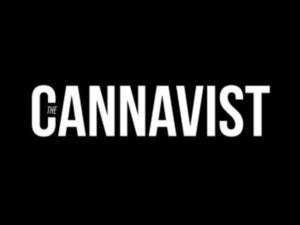When the New Year rolls around, we often set ourselves unrealistic goals that we find difficult to achieve. Goal setting can be a powerful process to turn visions into reality. But how do we set realistic goals?
Firstly, consider what you want to accomplish, a sense of why is a good launchpad for our objectives. Why am I setting this goal? Having an objective is significant and it promotes action. Now let me turn your attention to the HOW. These are the key results, how we meet our objectives, and good results are often specific, measurable, time–bound and realistic. In other words, in order to set effective goals, they should be SMART.
SMART goals usually entail:
- S- Specific (avoid vague goals)
- M- Measurable (how will your progress be measured)
- A- Achievable (is the goal possible to accomplish)
- R- Relevant (the goal should represent something you are willing to work towards)
- T- Time-bound (set a time frame in mind to stay motivated)
This formula is useful to bring structure and a timeline to your goals, to ensure that they are not mere resolutions! Being precise with your goals and setting targets can combat procrastination and spring you into action. Consider writing down your goals. If you achieve the goal too easily, examine how you could challenge yourself with future goals. Similarly, if the goal is unrealistic, adjust the next goal to be a little easier. Acknowledging and adjusting goals is key to setting effective objectives. Breaking big goals into small manageable ones, makes it easier to accomplish, and can help in achieving the long-term ones.
An alternative method to setting effective goals, is an approach called ‘backward planning’. This involves backward goal setting and can be equally as powerful. For instance, start with an end goal (e.g., ‘To run a half marathon by 2022’). With this in mind, the idea is to work backward from this goal and develop your aims to achieve this. Ask yourself what needs to be done to achieve this ultimate goal, what milestones need to be taken. So, for this example, the milestones could consist of: ‘By the end of 2021 I want to successfully complete a trial run of the marathon’. Applying the backward logic to this, my goals could look something like this: To run 30 miles every month, to compete in a 10K race, to finish my first 10K by the end of February, to complete my first 5K by the start of February, to record my pace and the distance of each of my runs. Backward planning adopts a different perspective to goal setting, by reversing the traditional direction, but can give scope and offer a fuller picture of what it may take to accomplish what you want.
If you are new to this whole goal setting regime, brainstorming can be a useful tool to help set up these personal goals. A good place to start is to note down broad categories that have significant value to you. These categories could include education (what information do you want to acquire?), creative (do you want to learn a new skill?), physical (are there any athletic goals you want to achieve?). This is beneficial to ensure the goals are tailored towards what you want to achieve. From this, consider setting smaller goals to focus on.
As time progresses, we may feel overwhelmed or disappointed if the goal initially set, does not look like the end result. However, this can be a good thing as it allows us to assess these goals and learn from our mistakes. It is important to remember that goals can constantly change and evolve therefore assessing your goals is a positive step in the process.




